Bleeding Kansas is the term used to described the period of violence during the settling of the Kansas Territory between 1854 and 1861. At the core of the conflict was the question of whether they would allow or outlaw slavery, and enter the Union as a free state. Check out the documentary Dawn of Day, Stories of the Underground Railroad.
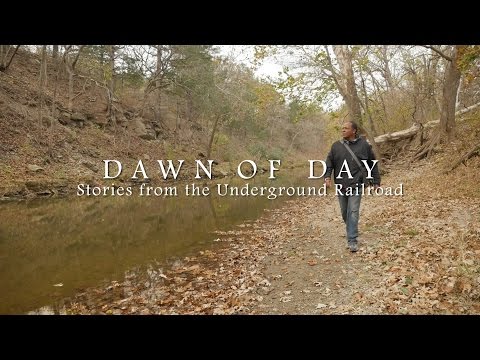
Watch this video on YouTube
Dawn of Day is a historical documentary about the Underground Railroad in Kansas that brings to light Wabaunsee County’s unsung heroes who traversed one of the most turbulent times in US history. Faith, family, and politics united a community of neighbors who lived and died to ensure Kansas was a free state. Richard Pitts, director of the Wonder Workshop in Manhattan, Kansas, narrates the film and interviews educators, historians and descendants of abolitionists whose shared heritage lives on in the freedom we enjoy today.
Produced by: Dean Mercer
College of Education, Kansas State University
Directed by: Rusty Earl
In June 1937 John Steuart Curry, a famous Kansas artist, was commissioned to paint murals in the Kansas Statehouse. Before Curry finished the second-floor murals in 1942, he received criticism from legislators and refused to sign and complete all the murals that he had planned. The most famous of his finished murals is the one called, “Tragic Prelude,” Curry’s interpretation of John Brown (1800-1859) and the anti-slavery movement in Kansas Territory. Rich in symbolism, the painting depicts a fierce John Brown holding a Bible in one hand and a rifle in the other. Curry’s critics disliked his color scheme and the over-all menacing effect of the mural.
Popular Sovereignty and Blood in the Streets and Prairies of Kansas Territory
In 1854, the Kansas-Nebraska Act overturned the 1820 Missouri Compromise’s use of latitude as the boundary between slave and free territory and instead, using the principle of popular sovereignty, decreed that the residents would determine whether to abolish slavery. Pro-slavery and free-state settlers flooded into Kansas, formerly Native Kaw/Kanza and Osage Territory, to try to influence the decision. Electoral fraud was alleged and violence, including raids, the sacking of Lawrence, and the Pottawatomie Massacre, erupted as different factions fought for control. Abolitionist John Brown led anti-slavery fighters in Kansas before his famed raid on Harper’s Ferry.
STORY: Frederick Douglass on the 4th of July: Injustice and Cruelty
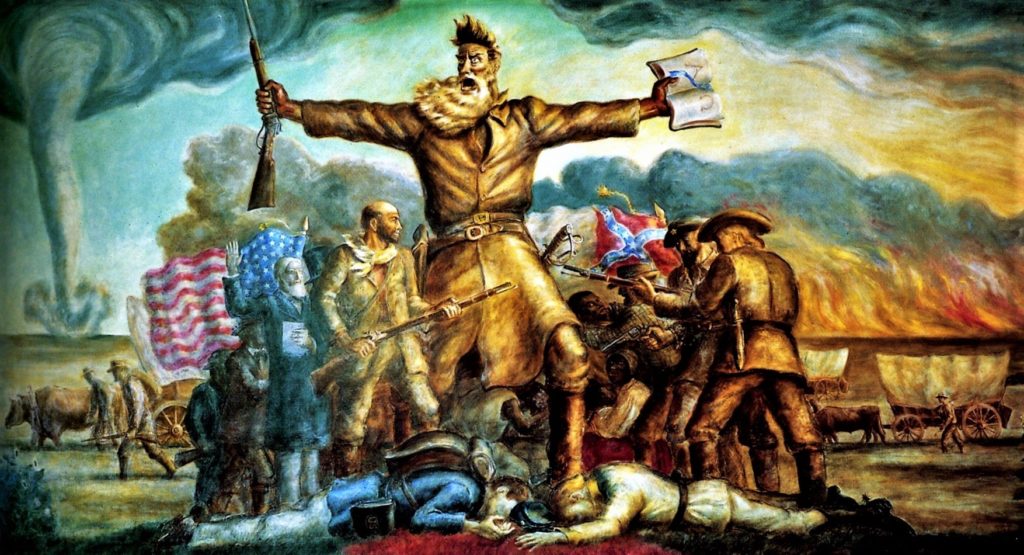

Said to have been coined by Horace Greeley’s New York Tribune, the label “Bleeding Kansas” was first fixed on that strife-ridden territory by anti-slavery publicists. The opening of the Kansas and Nebraska territories in 1854 under the principle of popular sovereignty provoked a protracted political crisis in both Kansas and the nation at large. Rival governments had been established in Kansas by late 1855, one backed by pro-slavery Missourians, the other by anti-slavery groups.
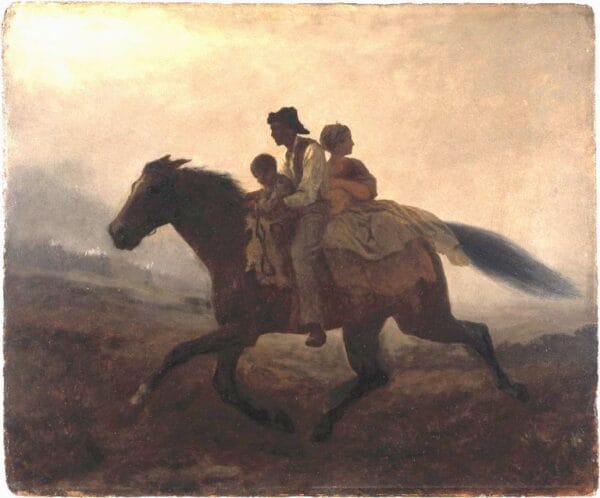

The Underground Railroad
In the early years of Kansas Territory many slaves came through Kansas on their way to freedom. The informal network that aided these formerly enslaved people in their escape attempts was dubbed the Underground Railroad. While this path was not a railroad, nor underground, as an underground resistance it conveyed the people from South to North with “conductors” like Harriet Tubman leading fugitive slaves to “stationmasters,” who sheltered them in cellars, attics, barns and other hidden places in what must have been a terrifying gamble for freedom. Created by abolitionist sympathizers, it is impossible to know how many people escaped through this system. Its success depended on secrecy.
Bounty hunters came to Kansas not only to capture slaves but to also round up free blacks they could sell as slaves. One of the most infamous people in Lawrence, KS, history, William Clarke Quantrill—who in 1863 led 400 pro-slavery men into Lawrence, killed more than 180 men and teenage boys and burned the town to the ground—came in the late 1850s pretending to be an abolitionist but was actually capturing runaways and taking them back to their masters for a reward.
The Underground Railroad was made up of a series of safe houses, which would protect and transport escapees on their journey. Many abolitionist groups and churches, especially the Society of Friends (Quakers), Congregationalists, Wesleyans, and Reformed Presbyterians, as well as Native Kanza and Osage Nations, joined former enslaved people and free blacks, ushering the “underground” path to freedom.
Sources
Bleeding Kansas – History
Underground Railroad in Kansas – Kansaspedia
Updated 29 May 2025

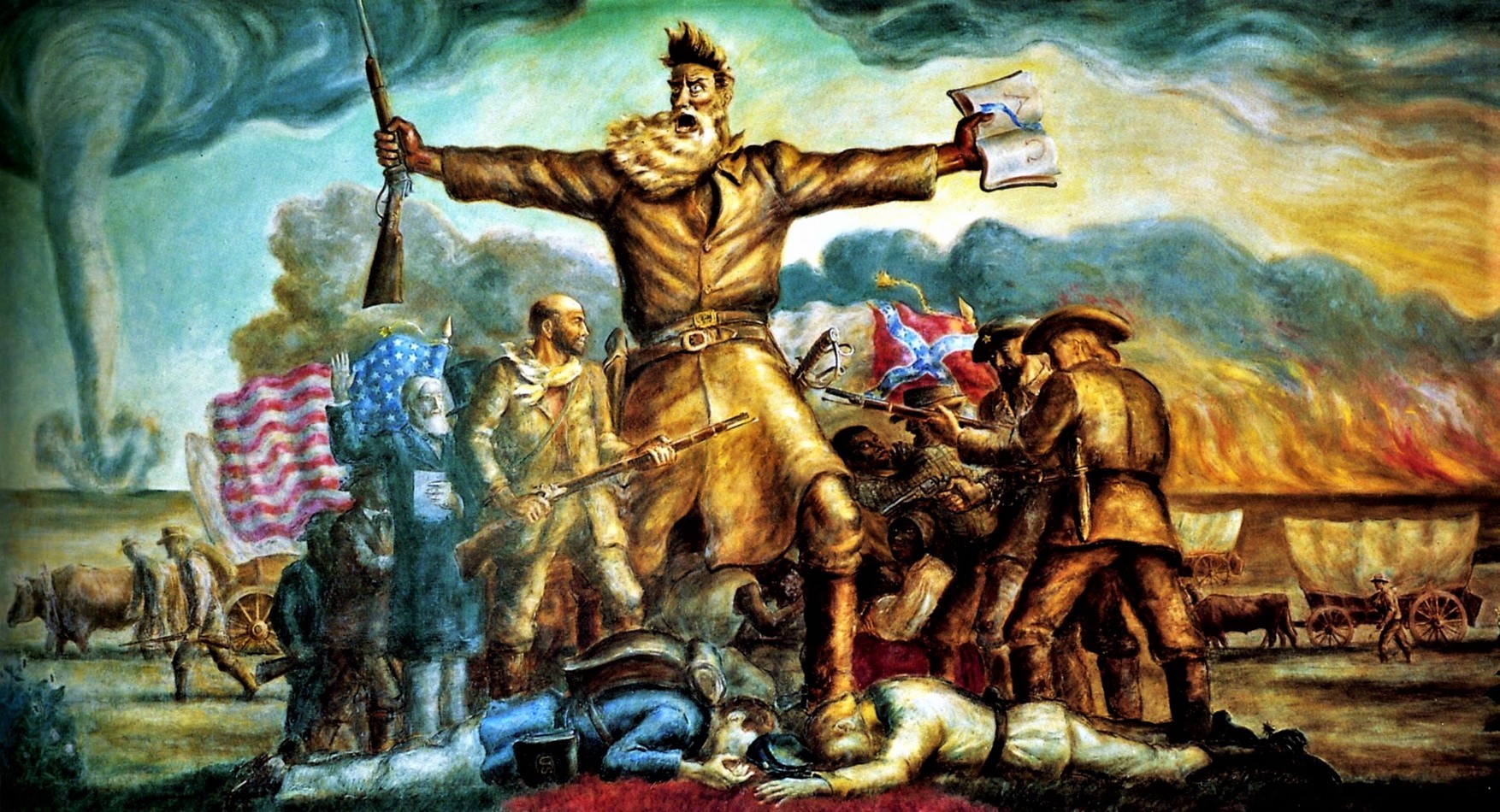


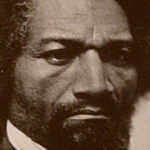
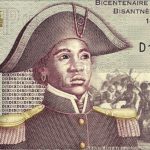

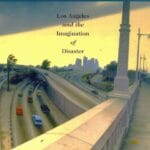






Pingback: Haitian Women Warriors and Dessalines the Liberator | WilderUtopia.com
Pingback: Martin Luther King: Peace and Civil Rights Must Mix | WilderUtopia.com
Pingback: Frederick Douglass on the 4th of July: Injustice and Cruelty